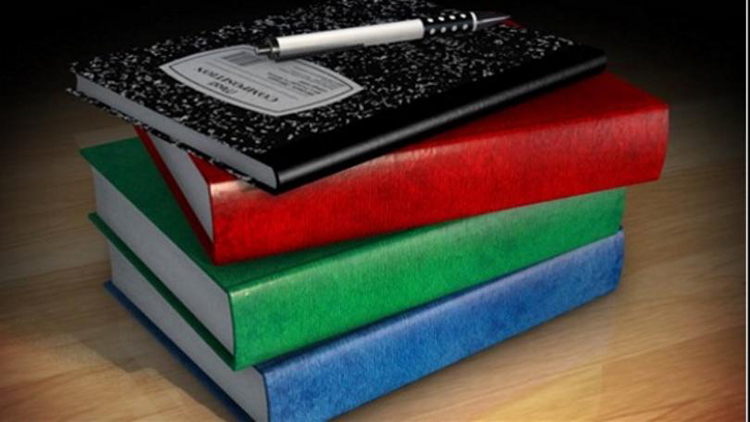MADISON, Wis. — According to the Associated Press, Advocates for K-12 schools and the University of Wisconsin System were optimistic Tuesday that Republicans will spend more money on education, but they don’t know how much to expect other than something less than what Democratic Gov. Tony Evers proposed. Republican lawmakers were meeting privately this week to determine how much to give K-12 schools, a cornerstone of Evers’ state budget that was scheduled to be voted on publicly Thursday by the Legislature’s Joint Finance Committee. Education funding is the single largest item of state spending in the budget, currently taking up about a third of all money allocated. Evers’ $83.5 billion state budget included fulfilling his campaign promise to increase state aid for K-12 schools by $1.4 billion, or 10%. Republican legislative leaders have said since Evers unveiled his state budget that they were not going to spend as much on education as he wanted, but they also haven’t offered an alternative. Democrats and education advocates have been making the case for what Evers — the former state superintendent of schools — called for. Dan Rossmiller, lobbyist for the Wisconsin Association of School Boards, said at a Tuesday education panel organized by the nonpartisan Wisconsin Policy Forum that if schools got what Evers proposed it would “address a number of our concerns.”“The question is: Is what the governor provided realistic?” Rossmiller said. Republicans have been saying for months that it is not. Senate Majority Leader Scott Fitzgerald told the Wisconsin State Journal on Tuesday that Senate Republicans are considering increasing funding by $200 per student each of the next two years. That is about $505 million over two years, just over a third of what Evers proposed. In the last budget, schools received a $639 million increase. Fitzgerald’s spokesman, Alec Zimmerman, confirmed that the $200 per-pupil increase each of the next two years was being discussed, but had not been finalized. In addition to fighting over the level of funding, lawmakers are also wrestling with the best way to provide it to schools. Evers wants to direct $611 million in general aid that is funneled through the state aid formula that takes into account property wealth of a district, resulting in poorer districts receiving more funding. He also wants to spend $606 million for special education funding and $64 million for mental health services and programs. The per-pupil increase that Republicans did in the last budget, and that Fitzgerald referenced again Tuesday, is a way to distribute funding equally across the state without consideration of how wealthy a district’s property tax base may be. Scott Manley, a lobbyist for Wisconsin Manufacturers and Commerce, said at the panel that there is not a strong correlation between increased funding and performance of students. Manley said he expects funding will go up, but the focus should be on “targeted and intentional” spending so schools use the money they receive more efficiently. The Legislature has been gradually increasing K-12 funding ever since then-Gov. Scott Walker and Republican lawmakers cut it in 2011. Evers’ budget would restore the state’s commitment to provide two-thirds of the money needed for schools to operate, which would soften the reliance on local property taxes. The state last paid for two-thirds of school costs in the 2002-2003 school year, when the requirement was repealed. After dipping to a low of 61.7% during Walker’s first year as governor in 2011, the state share of public school costs has slowly increased to 65.4% for the current year, or just shy of $7 billion. Evers’ budget would take state support to 68.3% by the middle of 2021. Evers also wanted to cap enrollment in the private voucher and independent charter schools programs, but Republicans already killed those proposals.
Education advocates, business group expect funding increase



